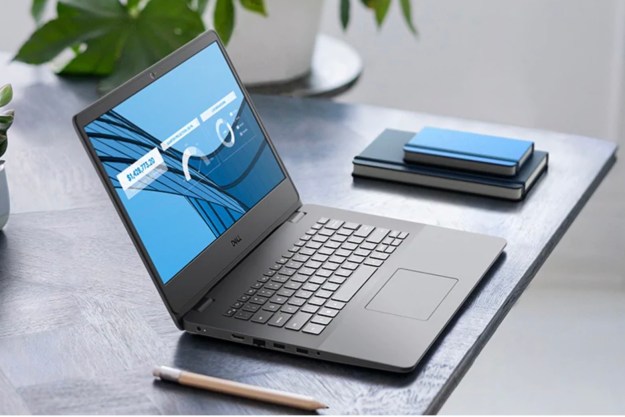
Just when you think the buzz has died down about the new Intel Haswell processor, here comes some leaked details about the enthusiast-class chip that will be available for gamers and power users by the second half of 2014. VR-Zone.com got a hold of these slides that give us a sense of what a next-generation prosumer-level desktop will look like.
The Haswell-E series desktop chip will be the first Intel processor to use 8- and 6-cores, rather than just 4-cores as is the case with the current-gen Ivy Bridge Es. It comes unlocked for easy over-clocking so you can maximize the processing speeds of an octo-core. VR-Zone believes the new chip is capable of 33 percent to 50 percent faster speeds than its 2013 Ivy Bridge-E predecessors due to the additional cores, but we’ll have to wait for more data before we can declare it the winner over rivals like the new 5.0GHz chip from AMD. Unlike their consumer-level siblings, these upcoming processors will not come with integrated graphics like the Intel HD 4000, but will instead require discrete graphics. In fact, they are compatible with up to four graphics cards for top-of-the-line graphics performance.
Along with new details about the Haswell-E chips, we also got an early look at the so-called Wellsburg motherboard chipset that will support these next-gen Intel desktop processors. It seems the new Wellsburg motherboard will support four-channel DDR4 RAM for the first time, with a clock speed of 2133 MHz – that’s before over-clocking even kicks in. What is all this computational prowess good for? The new processor, RAM, and motherboard all work together to power up to 10 SATA hard drives that can transfer data up to 6Gbps, and a whopping 14 USB ports (that’s up to six USB 3.0s and eight USB 2.0s).
We look forward to finding out more about the Haswell-E processor as it sounds like it will bring a lot of innovations to the desktop – at least on the component front.
Editors' Recommendations
- DDR5 vs. DDR4 RAM: Is DDR5 worth it?
- Will AMD really launch Ryzen 7000 with no DDR4 support?
- Despite Alder Lake launch, Intel isn’t ditching DDR4 yet


